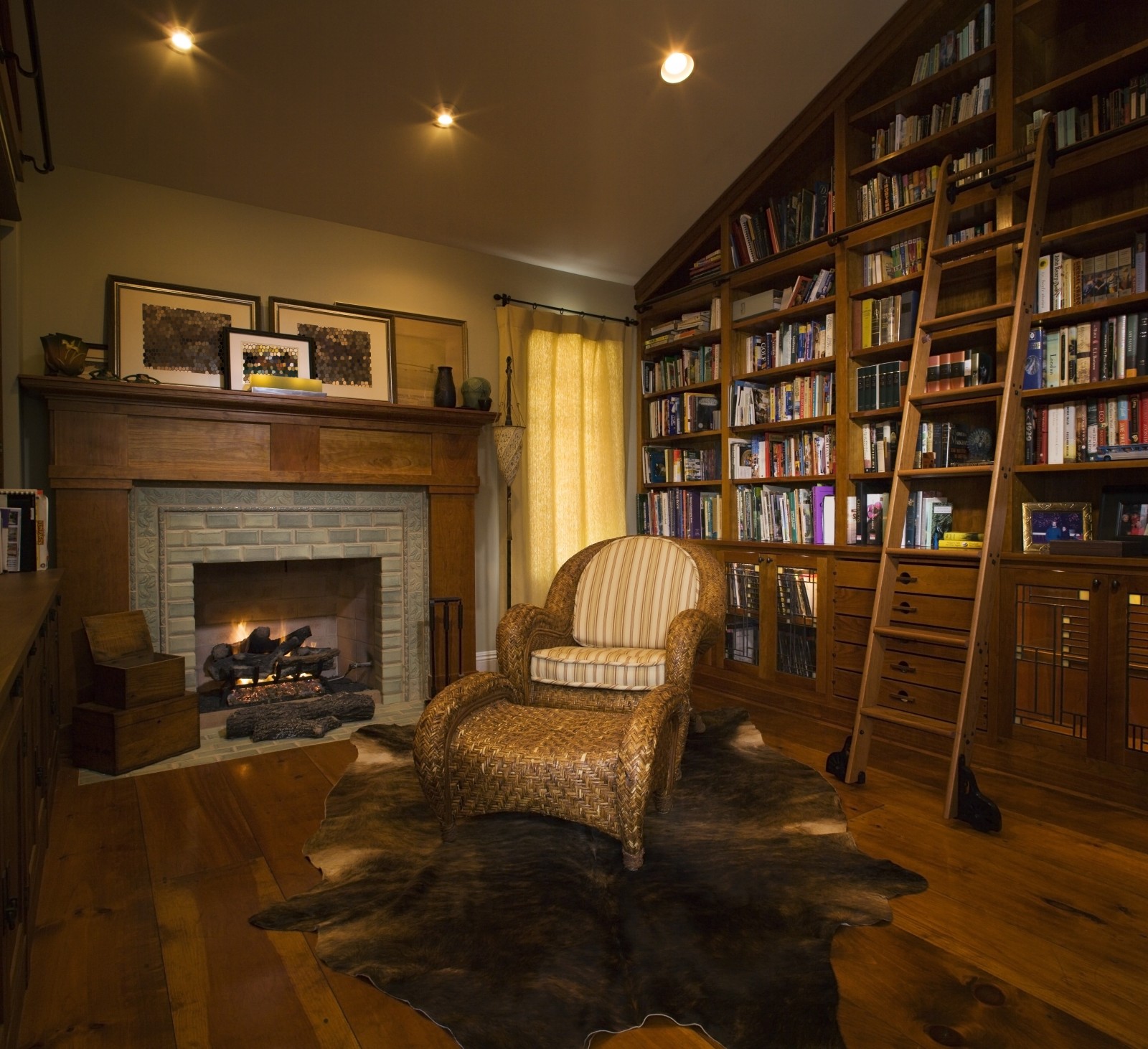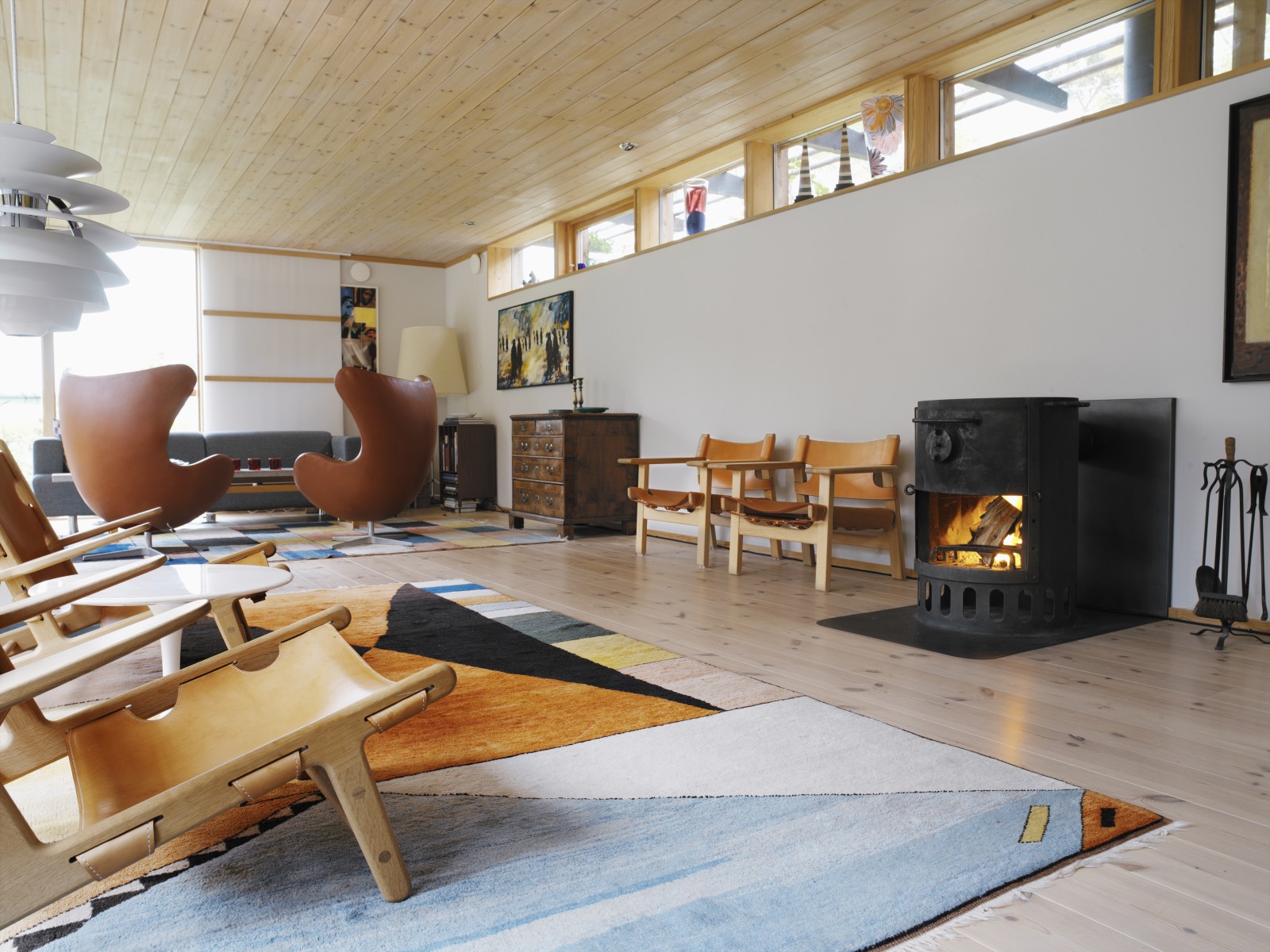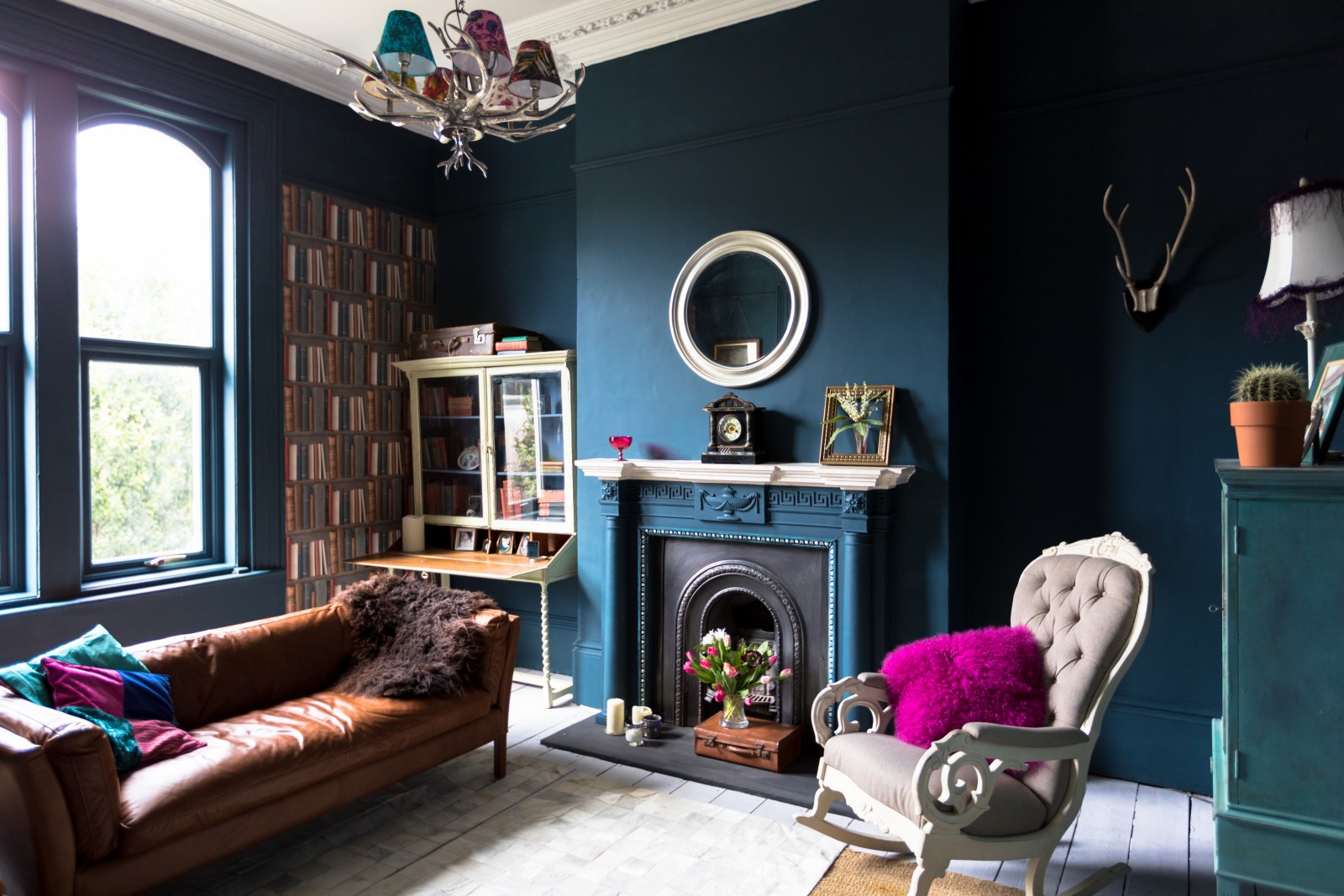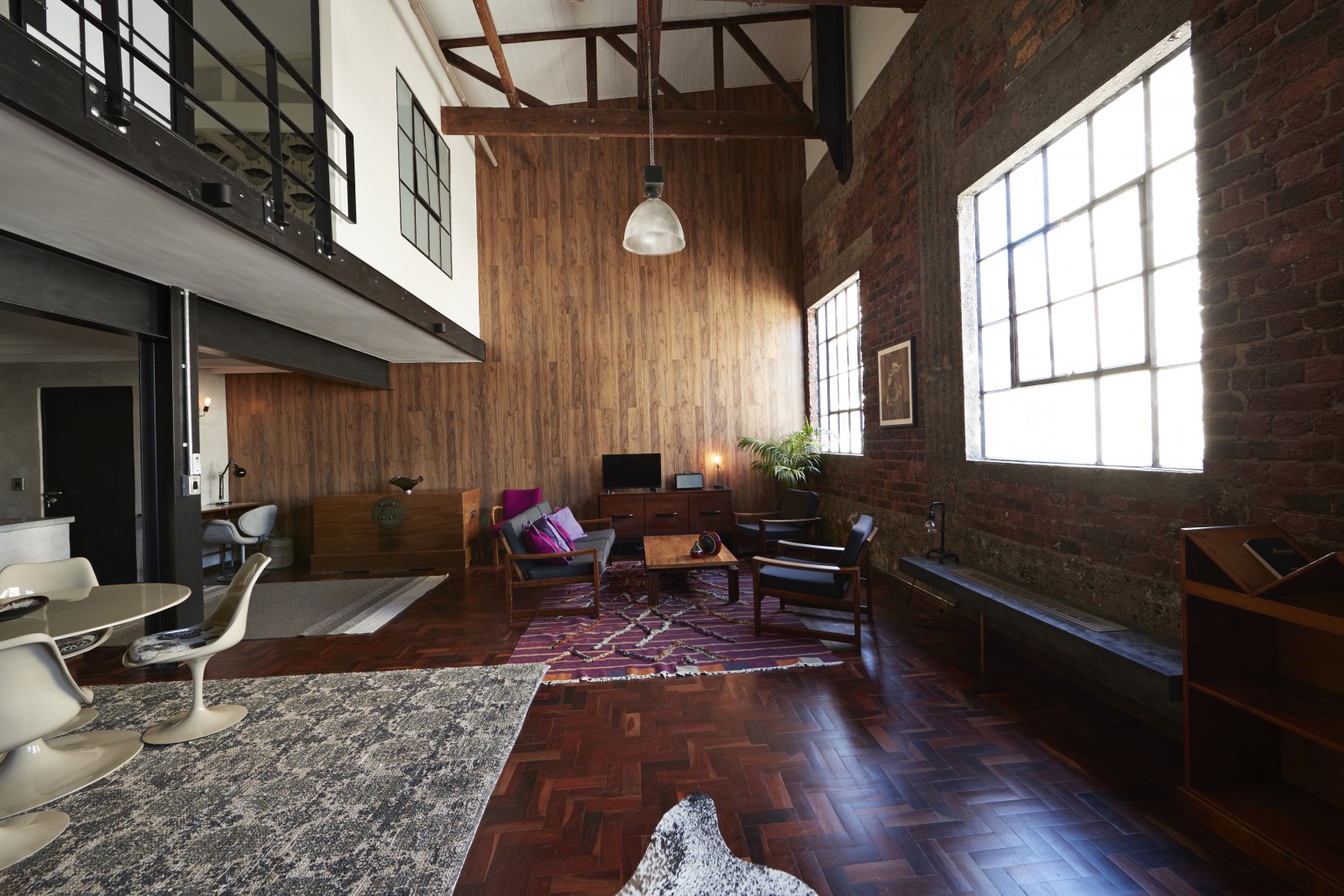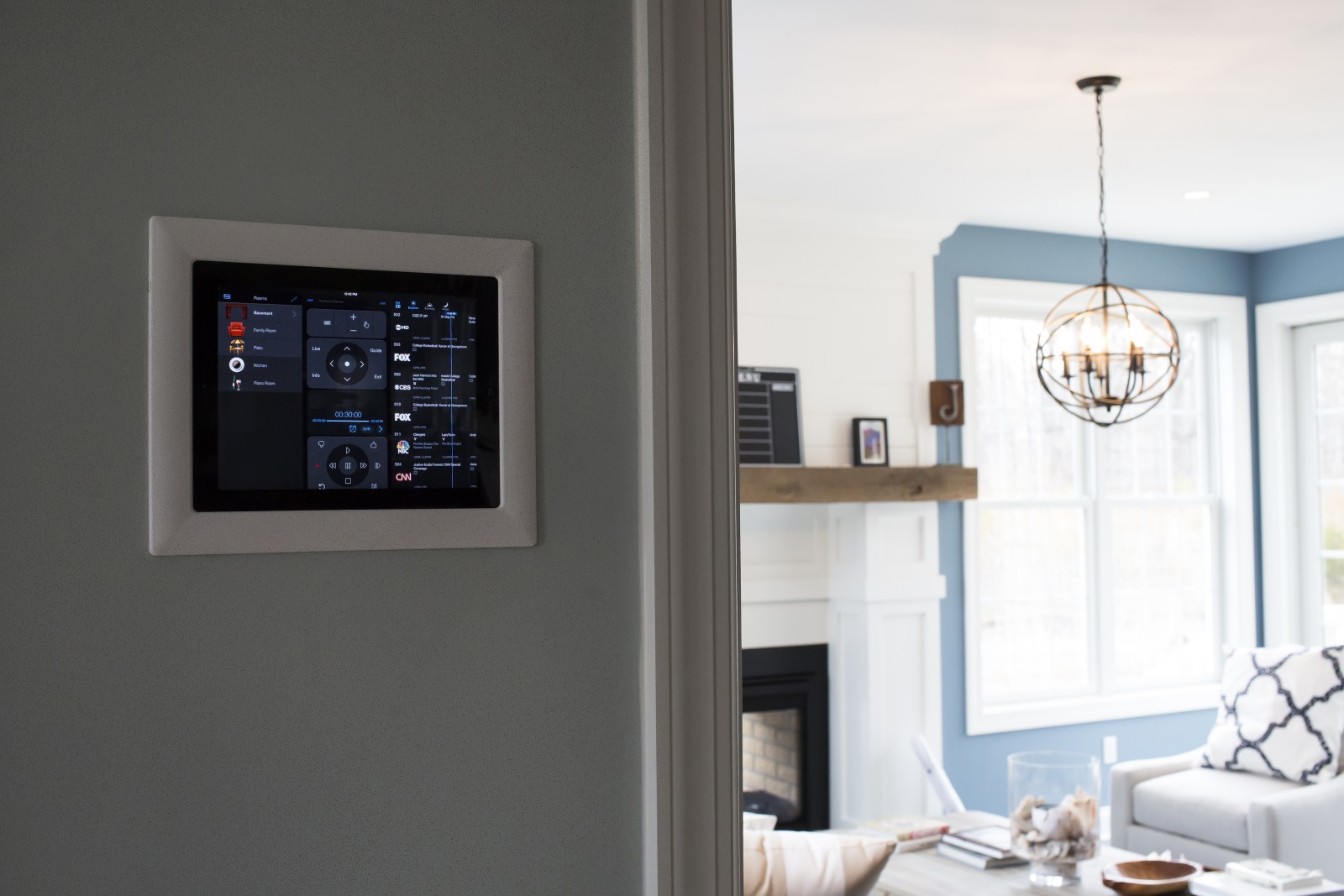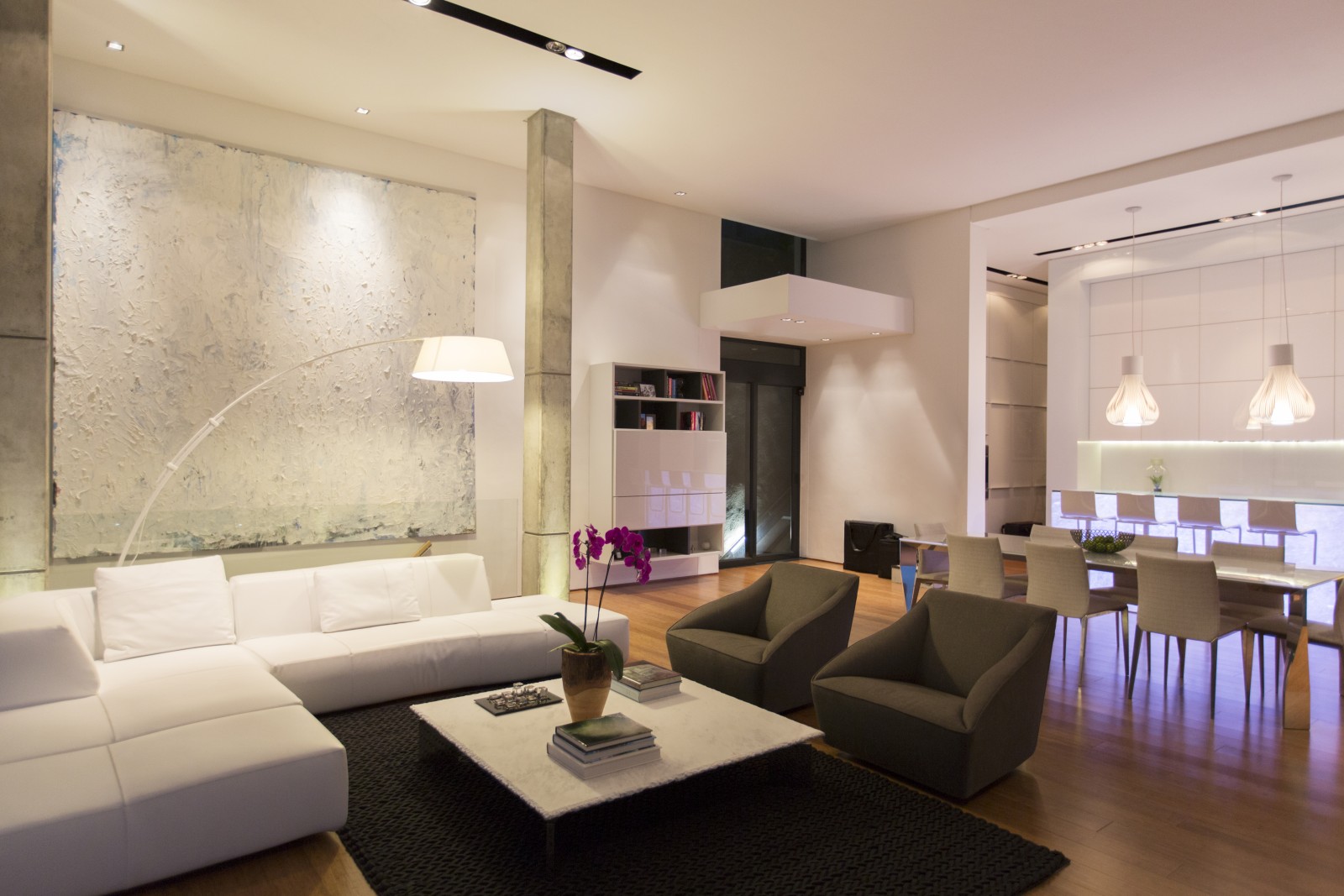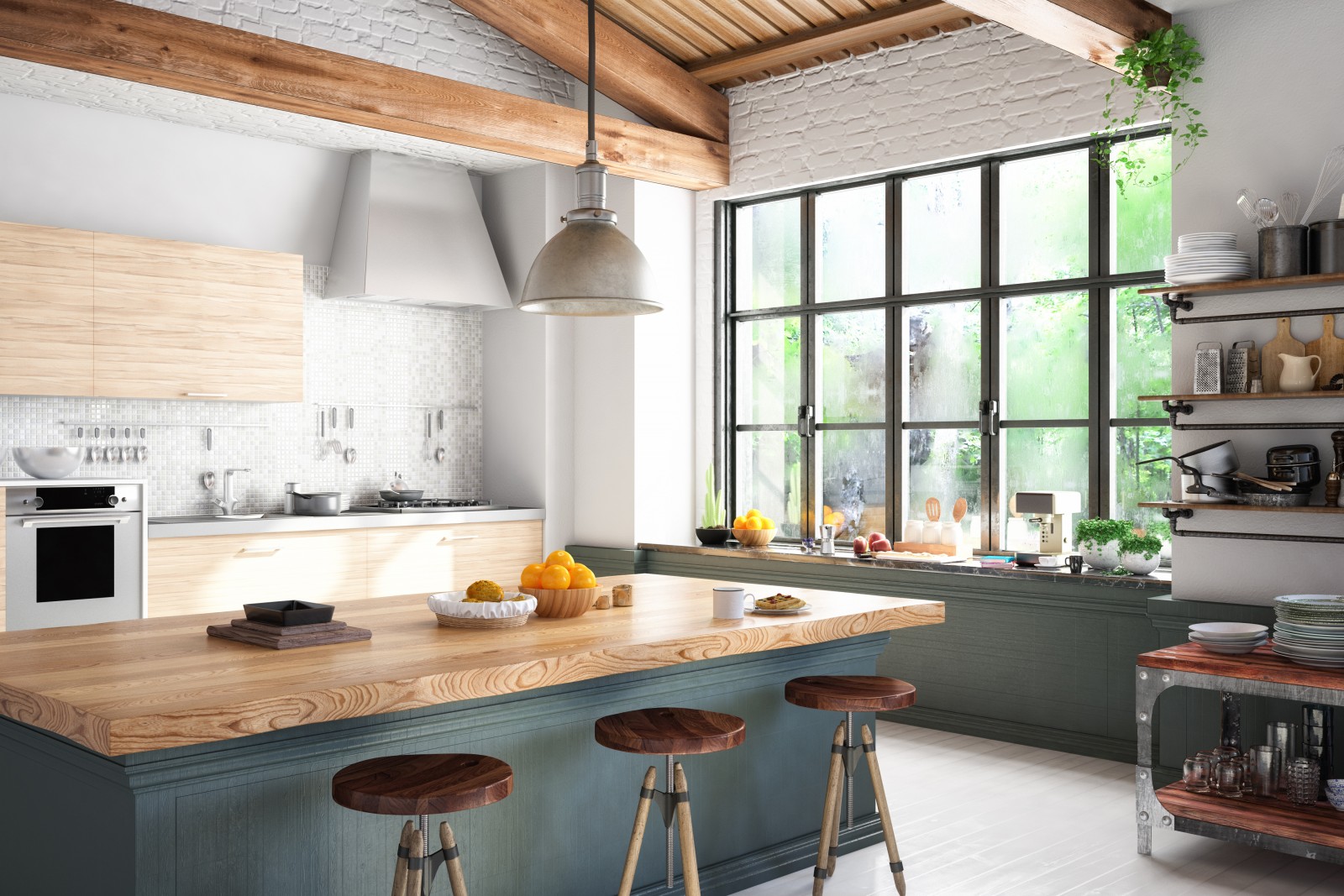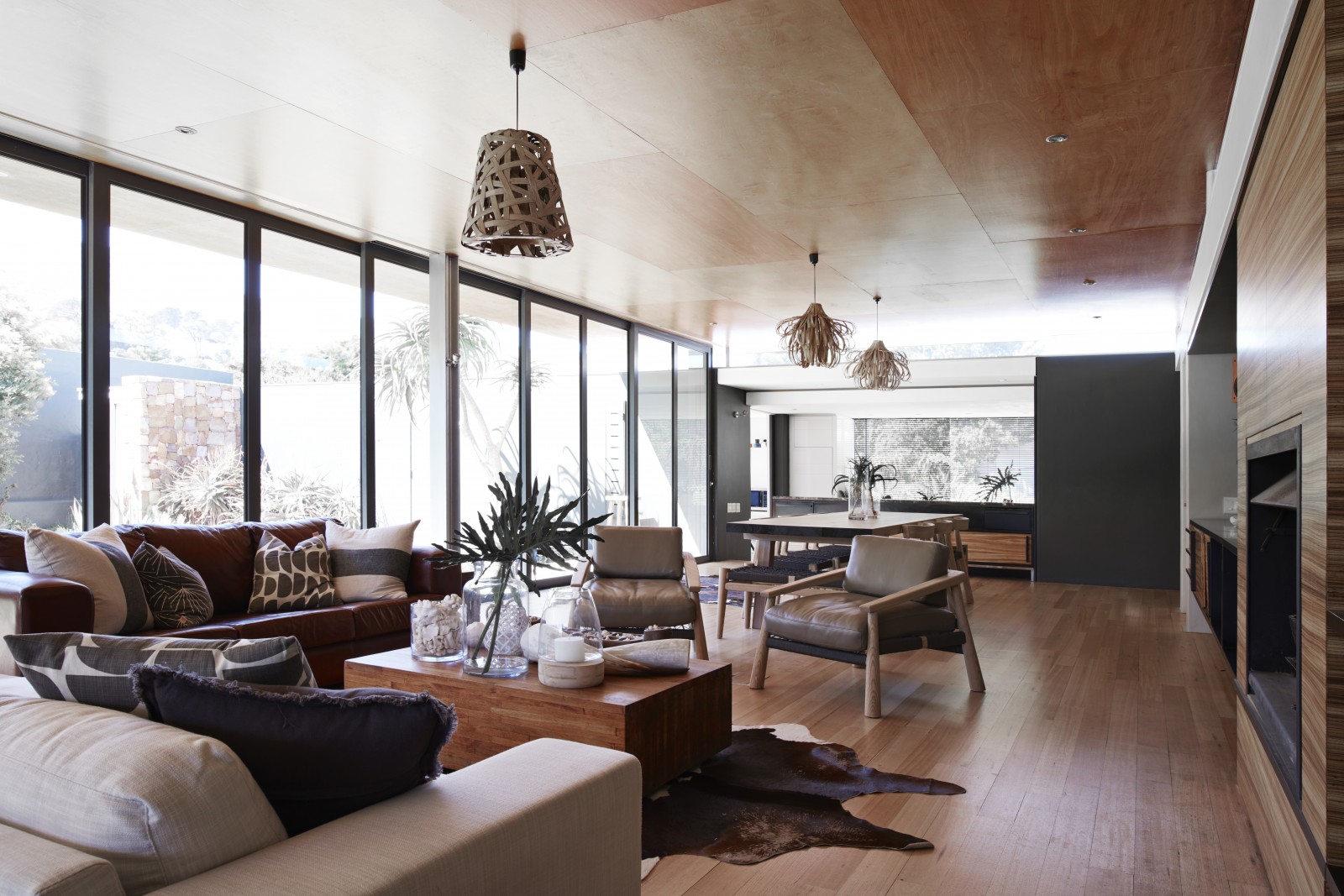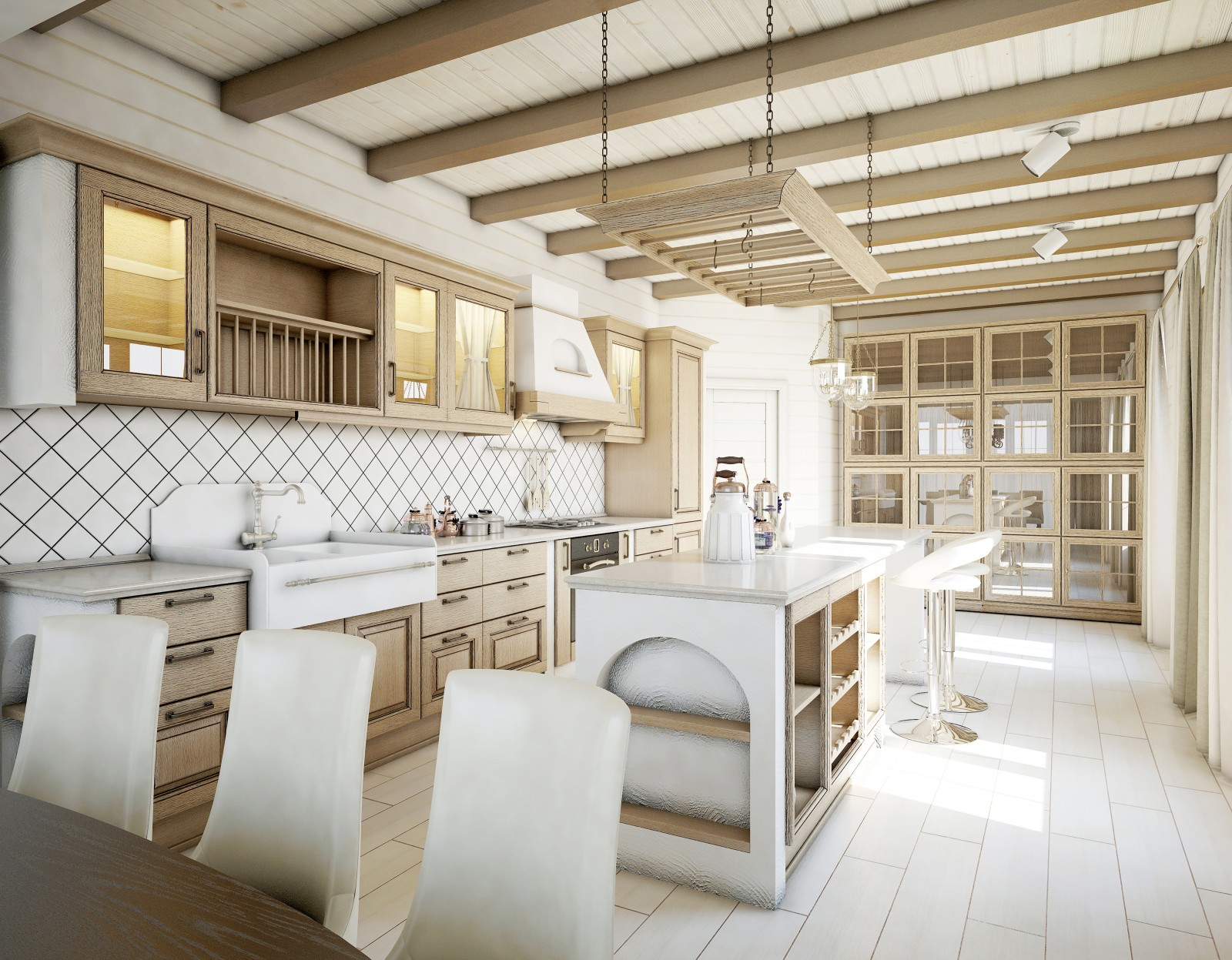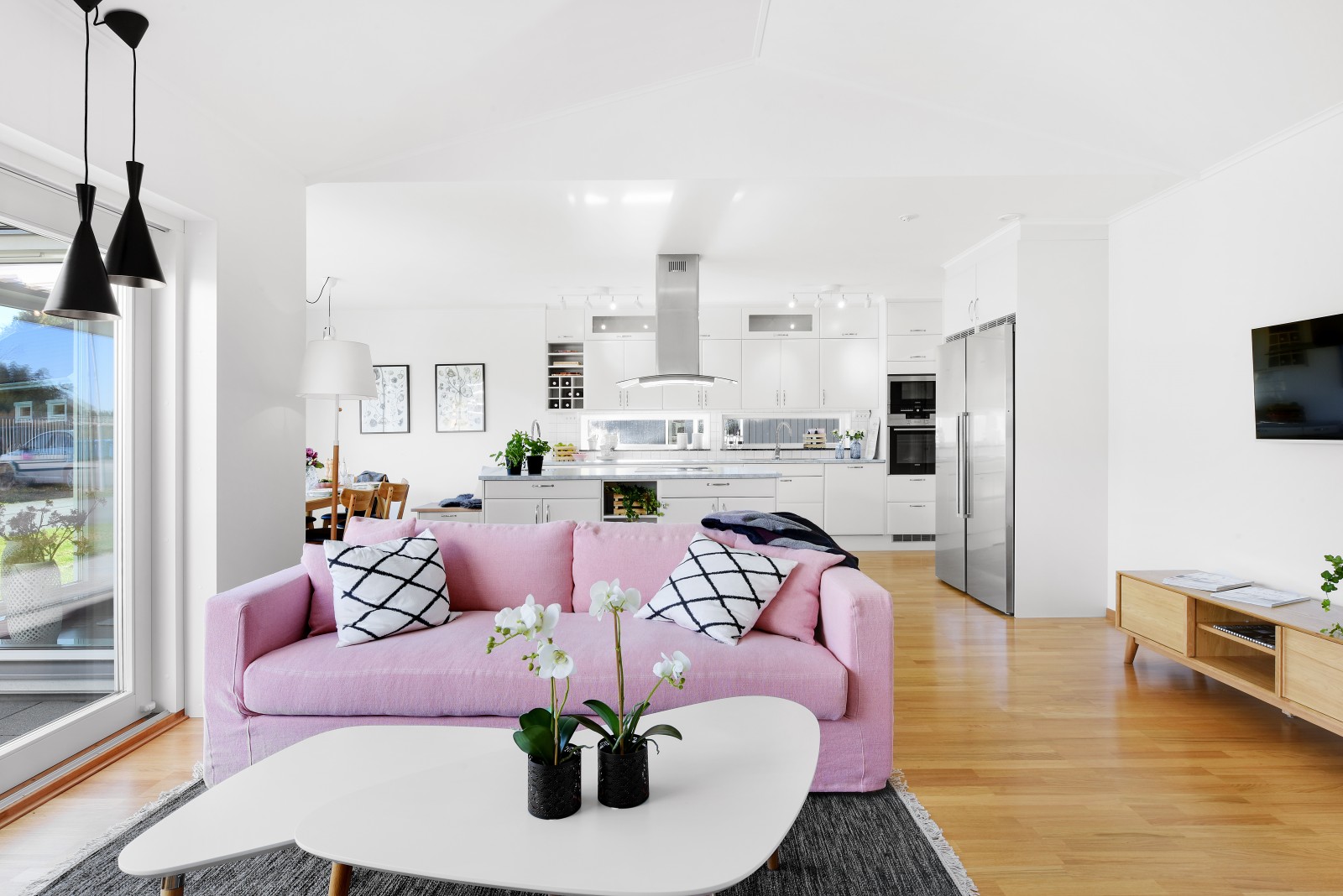There's a chill in the air - do you feel it? Rather than wait around for the mercury to plummet, take steps now to ensure that your home remains comfortable through the coldest months of the year.
Besides proper insulation and HVAC maintenance, I recommend taking a close look at your windows. Notorious for air leaks, windows can not only admit cold air but also allow heated air to escape.
There are many ways to seal such drafts - but first you’ve got to find them.
Locate the draft
Here's a quick and easy method of testing the seal on your windows. First, walk through the house and close all the windows as tightly as possible. Next, light a candle. Hold the flame near each window, inches from the glass, slowly moving the candlestick around the seam between the window and its frame.
If the flame bends or flickers while your hand is still, then there's probably an air leak. Mark the trouble spot with a sticky note so you can return to repair it later. Test every window in the house, marking each area where you suspect a draft.
For a more accurate diagnosis, hire a professional to perform an energy audit of your home. Though there’s a cost involved here, many local utility companies offer such services either for free or for a nominal fee. Check with the company that provides your electricity.
It’s certainly worth inquiring, since what professional energy auditors do is a lot more sophisticated than the candle method. They conduct thorough room-by-room assessments - not only for window drafts but also for any other instances of energy inefficiency.
Address the cause
Having pinpointed the locations of window drafts in your house, the next step is to seal them all up.
There are several ways to get the job done. Some methods are inexpensive, temporary and manageable for DIYers. Other more permanent options are quite expensive and best left to contractors. Choose the fix that best fits your needs and budget:
Weatherstripping
Easily affordable, with a price tag of only a few bucks per window, weatherstripping lends itself to easy DIY installation. Purchase the product in your chosen material - felt, foam, plastic or metal are readily available in hardware stores and home centers.
Cut the strips to size and use them to fill the gaps between a window sash and jamb.
Caulking
Whether you’re working inside or outside, you’ll caulk windows in two places: where the window meets the surrounding casing, and where the casing meets the surrounding wall (inside) or siding material (outside).
Tubes of caulk are inexpensive, and with a little practice, easy to use. If you’ve caulked your windows in the past, that doesn’t mean you’re off the hook - caulk deteriorates over time. It may be time to remove the old caulk and start over.
Draft snakes
You’ve likely seen or even used a draft snake in the past. These are stuffed tubes, placed on a windowsill or under a door, as a modest measure of keeping out the cold and keeping in the warmth.
Buy one at low cost or make your own for next to nothing. If you go the DIY route, you can use virtually any fabric, including extra towels or socks. Fill the middle with batting, rice, potpourri or anything similar you have on hand.
Though decidedly makeshift, draft snakes work well in a pinch.
Insulation film
If you don't plan to open and close the window, try sealing it under a layer of insulation film. Sold by the roll, insulation film either self-adheres or goes on with double-stick tape.
Also available are special shrink-wrap kits that, once heated with a hair dryer or other tool, create an impermeable, airtight seal without visible wrinkles.
Replacement windows
The bad news: It can cost a small fortune to replace the windows in your home. The good news: Upon resale, the average homeowner recoups about 79 percent of what they invested in the replacement.
This isn’t a simple case of out with the old, in with the new. Properly installed, today’s energy-efficient windows minimize drafts and create an overall tighter seal. In fact, Energy Star-rated windows can lower your energy bills by 7-15 percent monthly.
Add a layer of protection
No matter the benefits of replacement windows, many people are either unable or unwilling to cover the initial expense.
If you’re looking for a less costly but permanent solution to window drafts, consider storm windows. Some designs fit within the window on the interior; others cover the window from the outside. Any type can go a long way toward insulating and protecting the windows you currently have.
When it comes down to it, every layer helps. If you do nothing else to remedy the problem, why not at least hang curtains? You stand to gain not only greater comfort but also real savings on your month-to-month heating bills. Don’t get left out in the cold!
Related:
Note: The views and opinions expressed in this article are those of the author and do not necessarily reflect the opinion or position of Zillow.
Originally published October 31, 2014.
Filed under: Home Improvement, home maintenance, winter by
Comments Off on Find and Fix Drafty Windows to Keep Your Home Warm and Snug

